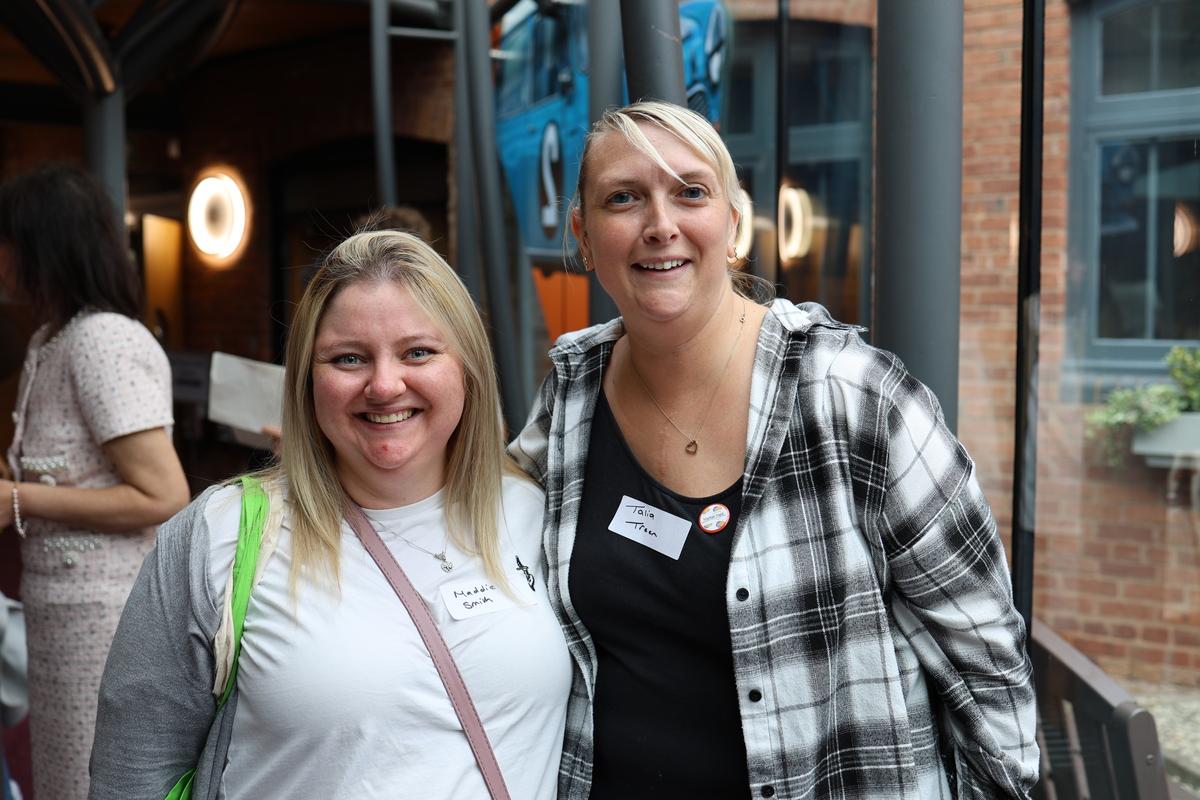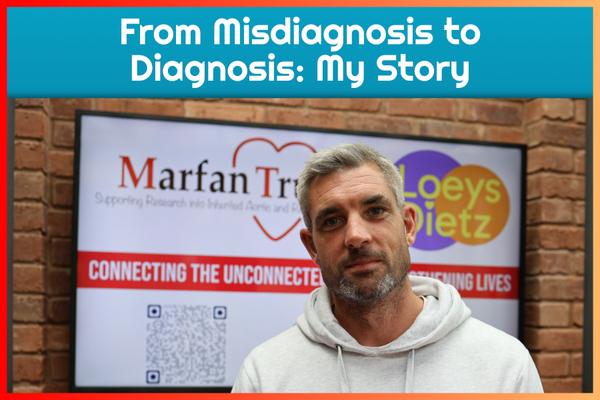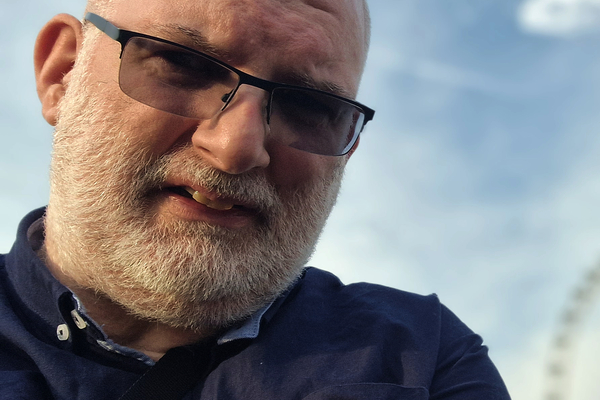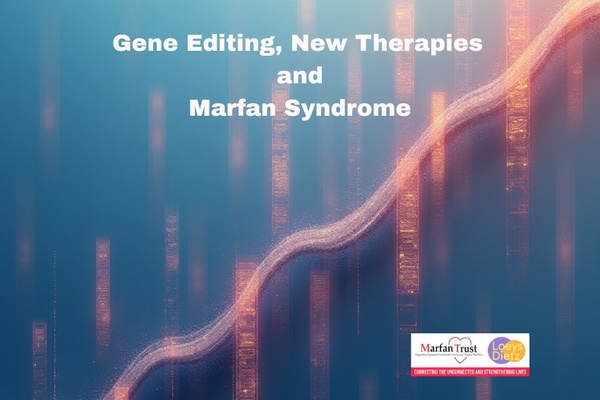With Marfan syndrome confirmed and the signs of dissection evident, it is unfathomable that Talia's aortic rupture was very nearly missed and initially diagnosed as indigestion. Talia had just given birth and was rushed into life-saving surgery. Here is her story.
During Aortic Dissection Week, Talia remembers the trauma of being separated from her daughter for six hours after giving birth when it was discovered that her aorta had ruptured. Talia was placed in an induced coma and a 12-15 hour operation followed which saved her life.
“The thing that went through my mind was whether I was ever going to see my daughter again,” said Talia. “It was a tough time, and being separated from Esmay while I was in a coma and being operated on was really hard.”
She says her surgeon, Mr Jorge Mascaro, is her “hero” after saving her life, but says more needs to be done to highlight the warning signs among frontline staff.
She says her pain was first diagnosed as indigestion despite the fact she felt a weight on her chest and had back pain. She also had Marfan syndrome, a condition that increases the likelihood of an aortic dissection by approximately 250-fold
A scan showed the aortic dissection.
“I think it is important to promote the warning signs so that others may not have to go through what I went through,” said Talia. “It has certainly changed a lot of things in my life, particularly that there was an 80% chance of me not seeing my daughter and the fact that I am here today.”
Talia, who also has a son Corey who was six at the time but now eighteen, took a year to recover from her aortic dissection, and also changed her career from being an assistant manager in a retail store to working at the Queen Elizabeth Hospital as a Eye Care Liaison officer in the eye clinic. Although now Talia is the Eye Care Liaison Officer at Birmingham Children’s Hospital.
Talia originally shared this story with the wonderful charity, Heart Research UK. Deborah Harrington, Consultant Cardiac Surgeon, who leads the Heart Research UK masterclasses, said most aortic dissection patients will die without emergency surgery. “Our key message is awareness of aortic dissection both within the medical profession and the general public,” said Miss Harrington. “If they think of it, then people have a much higher chance of having an accurate diagnosis made and then having successful treatment.”
She said unless surgeons work in a specialist centre like Liverpool they will probably never see the technique used until they have to do it in an emergency, which is not the best time to be doing a first operation of this kind.
“The idea in the masterclasses is that people will be able to see the technique, and also practice it under expert guidance, which is the best way to learn,” she added.

Talia is pictured right with her sister-in-law, Maddie. This photo was taken on Saturday, 6 September 2025 at our Marfan Trust Patient Information Day. (c) Mary Boag from Terumo.

Pictured: Esmay is now aged 12 and attended our Marfan Trust Information Day in September, 2025.









